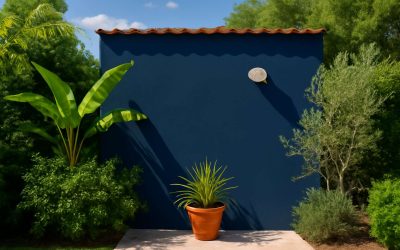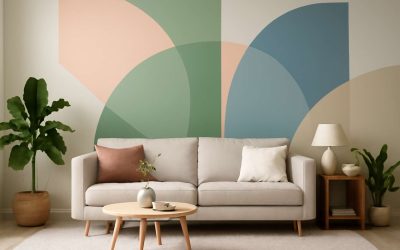
When it comes to painting the outside of your home, you want something that’s tough and long-lasting. Exterior paint is specially formulated to resist harmful effects of sunlight, moisture, and weather, and can be used on a variety of outdoor surfaces like wood and stucco. Choosing the right color is also important, and some shades work better with certain architectural styles than others. To help, we’ve gathered a list of the best exterior paints for your home, based on durability, coverage, and compatibility with different outdoor surfaces.
One of the most durable paints available, Valspar Porch, Floor, and Patio Latex Paint dries to a smooth and protective enamel finish that’s easy to clean and stands up well to moisture. It’s suitable for many outdoor surfaces, including cinder block and brick, and is available in a wide array of colors. The only drawback is that it may not last as long as more top-rated options, but it’s still an excellent choice for homeowners who want a tough and cost-effective option.
A great alternative to oil-based paint, Sherwin Williams Duration Exterior Acrylic Latex Paint uses advanced resin technology that helps it stick better to surfaces and retain its color longer. Two coats of this high-quality paint can protect a wood or stucco exterior for 10 to 15 years or more, depending on the shade and surface type. It’s also mold- and mildew-resistant, making it a good choice for high-humidity areas.
Another great choice, Benjamin Moore’s Ben Soft Gloss Finish Exterior Paint has a water-resistant base that can seal and protect different types of outdoor surfaces, including vinyl, wood siding, brick, stucco, and concrete. It’s a self-priming option that’s compatible with most existing painted surfaces and doesn’t contain any volatile organic compounds (VOCs).
If you don’t mind spending more, Sherwin Williams Aura Exterior Paint will offer you the best performance and longest-lasting results. It features an exclusive Color Lock technology that ensures the vibrant colors of your home will stay true for years. It’s also self-priming on most surfaces and offers a one-coat guarantee for more than 700 of its colors, meaning you can skip priming and save time.
Of course, it’s not just the paint that matters — you need to have the right tools and know how to use them properly, too. That’s why we consulted with experts, including Michael Clarke, the founder of Pulled, a website that connects homeowners with renovation contractors; Mark Savino, a renovation advisor for YouthfulHome; and Marion Deco, a paint professional with Deco-Furbish in Cork, Ireland. They all agreed that the most important thing is to prepare your exterior surfaces thoroughly before starting a project, using drop cloths and painter’s tape to avoid any potential spills. You should also make sure the painting area is unoccupied and well-ventilated to mitigate VOC emissions. Finally, it’s essential to choose the correct application method based on the level of skill of your do-it-yourselfer and the climate in your region.



0 Comments